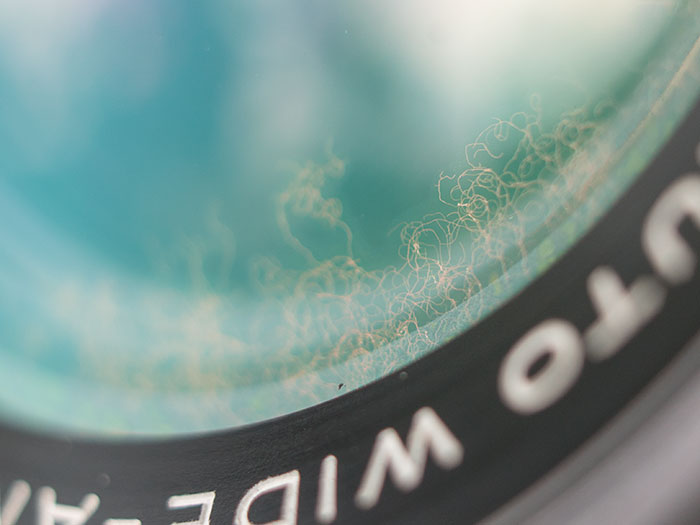Legacy lenses are a fascinating hobby. Working with legacy lenses – instead of obediently walking in line behind our chosen manufacturers, always buying vanilla own-brand lenses – offers several benefits (upcoming article), one of which is that one needs to develop a more thorough understanding of what make optics work as they do. Relatedly, one also develops a growing understanding of what makes lenses not work as they should.
One aspect to working with legacy lenses (some might call the aspect a downside, others see it as challenge, while some yet may see it as an added fascination) is that legacy lenses are typically old, nth hand, and may have suffered (besides just the tooth of time) neglect, unsuitable storage, even maltreatment.
This means that ever so often – whether you buy your legacy lenses in garage sales or online – you encounter lenses which have one or more defects. Being able to identify and judge those defects, while understanding how (if at all) they will limit your ability to use the lenses to great effect is a crucial ability for the aspiring legacy lens photographer.
To this effect, JAPB launches a new series of articles on lens defects. For a summary of what is to come, you can have a look at the series’ introduction, or you can go right ahead and read the parts
• oily aperture blades,
• lens fungus,
• haze,
• element separation,
• control ring malfunction,
• surface defects,
• dust and debris, and
• miscellaneous defects.
Enjoy,
P.S. This is not a lens repair blog, so these articles are mainly centred on identification, understanding and assessment (even though some repair tips are shared).
(Featured image: lens fungus on Vivitar 28 mm f/2 lens)
(Updated 3.6.2020 with added links to two more articles)
(Updated 24.6.2020 with link to the sixth article)
(Updated 30.7.2020 with link to entre list of articles)
